Only logged in customers who have purchased this product may leave a review.
Student Basic Set – Optics / Atomic physics – Digital Set – 16 Experiments
$0.00
ABOUT THIS PRODUCT:
Function and Applications
Equipment set allowing the performance of 17 experiments about the following topics:
- Spectroscopic analysis (2 Experiments)
- Diffraction on a grating (1 Experiment)
- Diffraction on everyday life’s objects (2 Experiments)
- Absorption and fluorescence (3 Experiments)
- h-Determination with light emitting diodes (1 Experiment)
- Bandgap of semiconductors (1 Experiment)
- Investigation of solar cells and photodiodes (2 Experiments)
- Electric and optical properties of LED (2 Experiments)
- Polarisation of light (3 Experiments)
In 10 experiments, you can use the Cobra SMARTsense sensors Current and Voltage in combination with tablets (iOS and Android) and smartphones (Android) instead of the classic measuring device.
Benefits
- The ideal combination of classic experiments (practical competence) and digital data acquisition (media competence)
- Individual teaching structure possible: you can decide to choose the measuring instrument you want (classic or digital)
- Future-proof: Prepare the transition to the digital school today
- Perfectly matched to digital science lessons with tablets and smartphones
- Faster and higher learning success: The use of digital devices increases the identification and thus increases the motivation of the students
- Matched with international curriculum
- Quantum and / or wave optics in student experiment
Equipment and Technical Data
The equipment set consists of all necessary components for the Experiments
Robust, stackable storage box with a foam insert fitting to the contained equipment
Cobra SMARTsense Voltage: Measuring range: +/- 30 V, resolution: 0.02 V, sampling rate: 800 Hz
Cobra SMARTsense Current: Measuring range: +/- 1 A, resolution: 0.5 mA, sampling rate: 800 Hz
16 Experiments:
- Why is the sky blue?
- What does the spectrum of a light-emitting diode (LED) look like?
- What does the LED spectrum look like with a transmission grating?
- What is the groove spacing on a CD?
- What can one learn from diffraction patterns?
- How is light attenuated when it passes through matter?
- When does a substance fluoresce?
- How is light attenuated by liquids?
- How are the energy and the colour of light connected?
- When is a light-emitting diode a receiver?
- How does the intensity of light decrease a function of the distance?
- What does the photoelectric current of a solar cell depend on?
- At which wavelength does an LED emit light?
- What does the UI characteristic of an LED look like?
- How does light oscillate?
- How can light be “distorted”??

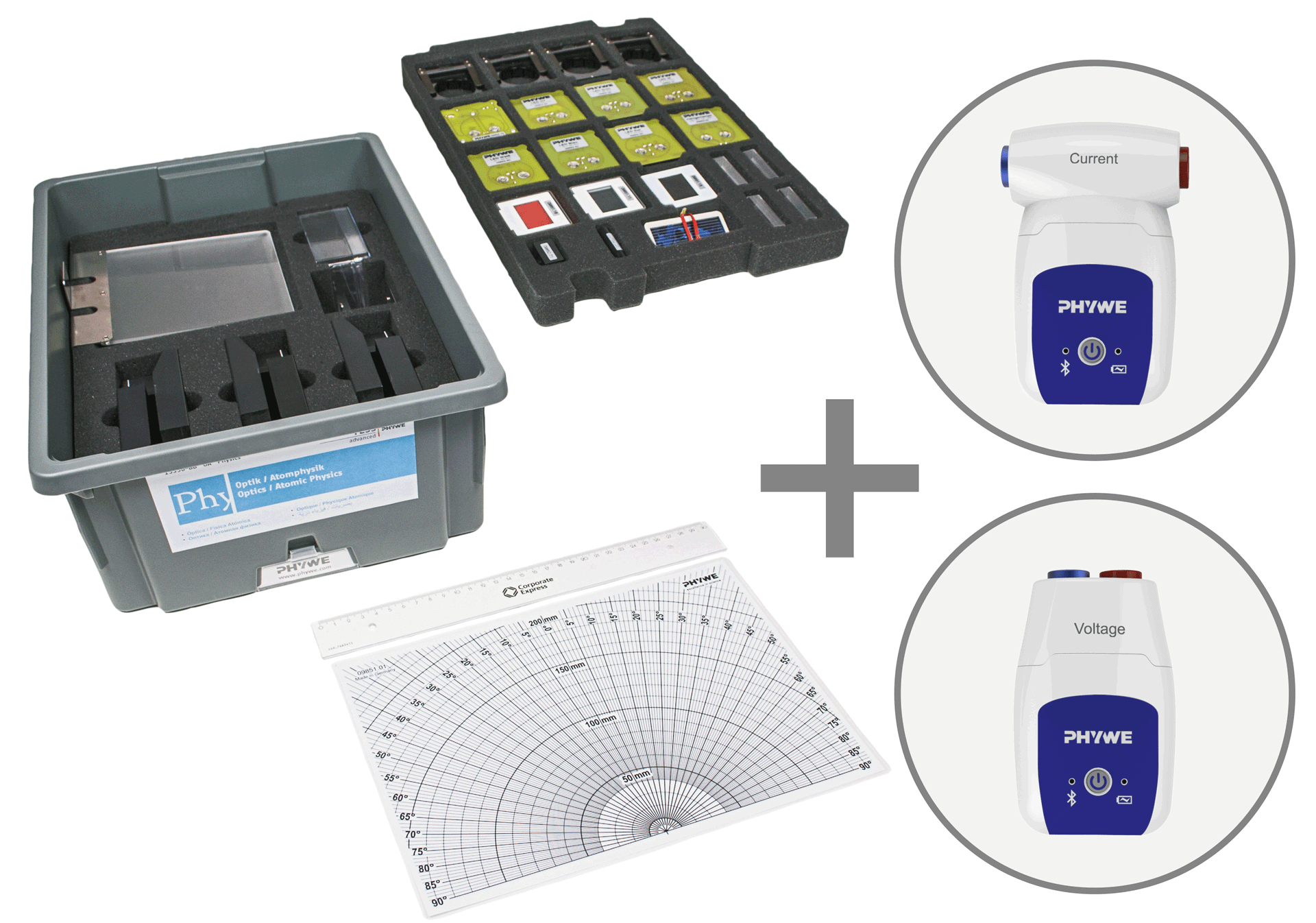
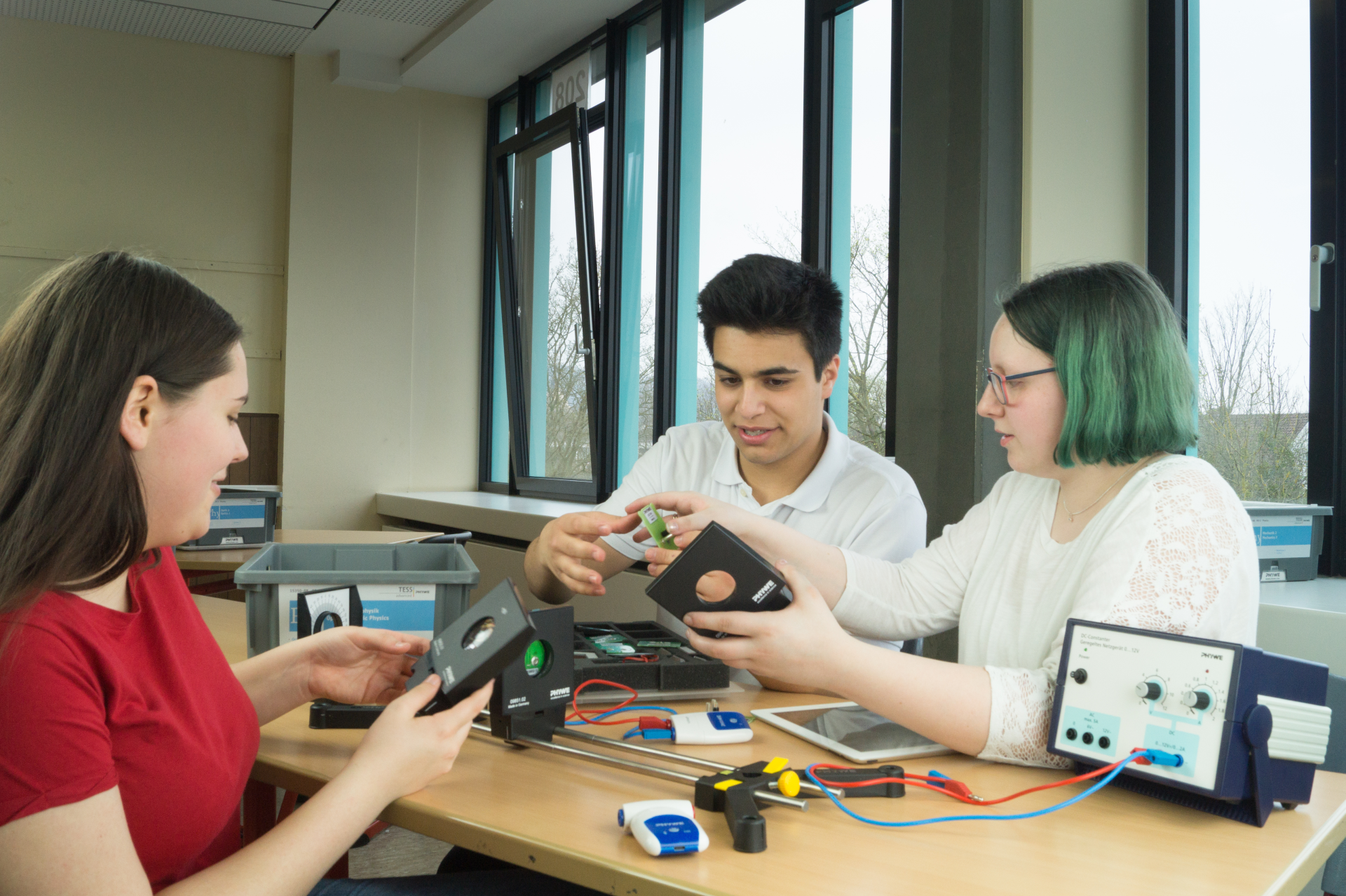

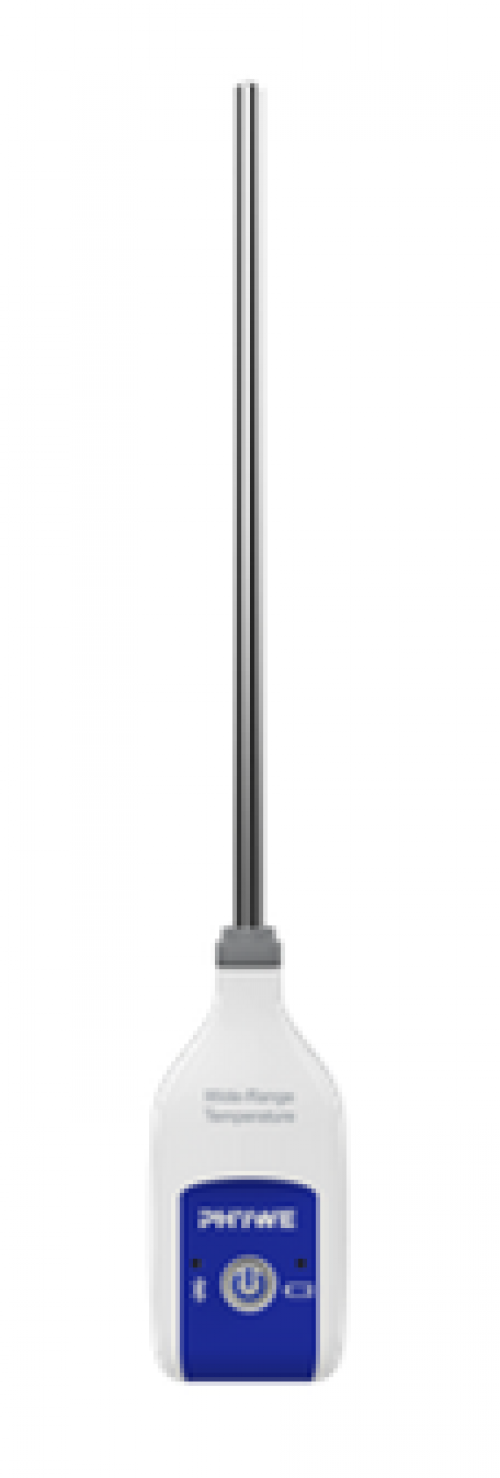
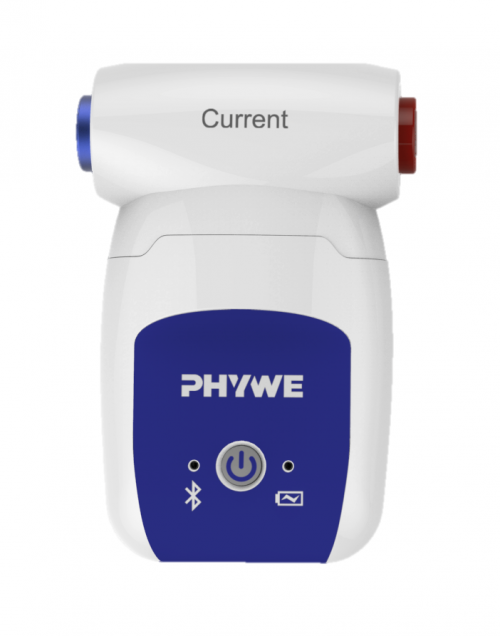
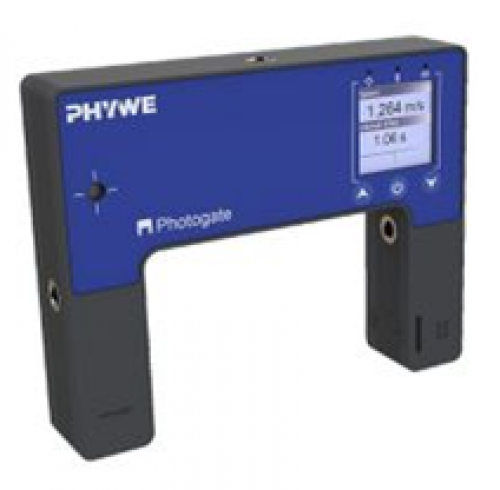
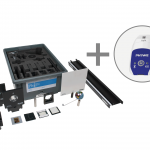
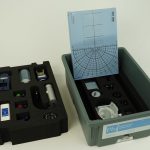
Reviews
There are no reviews yet.